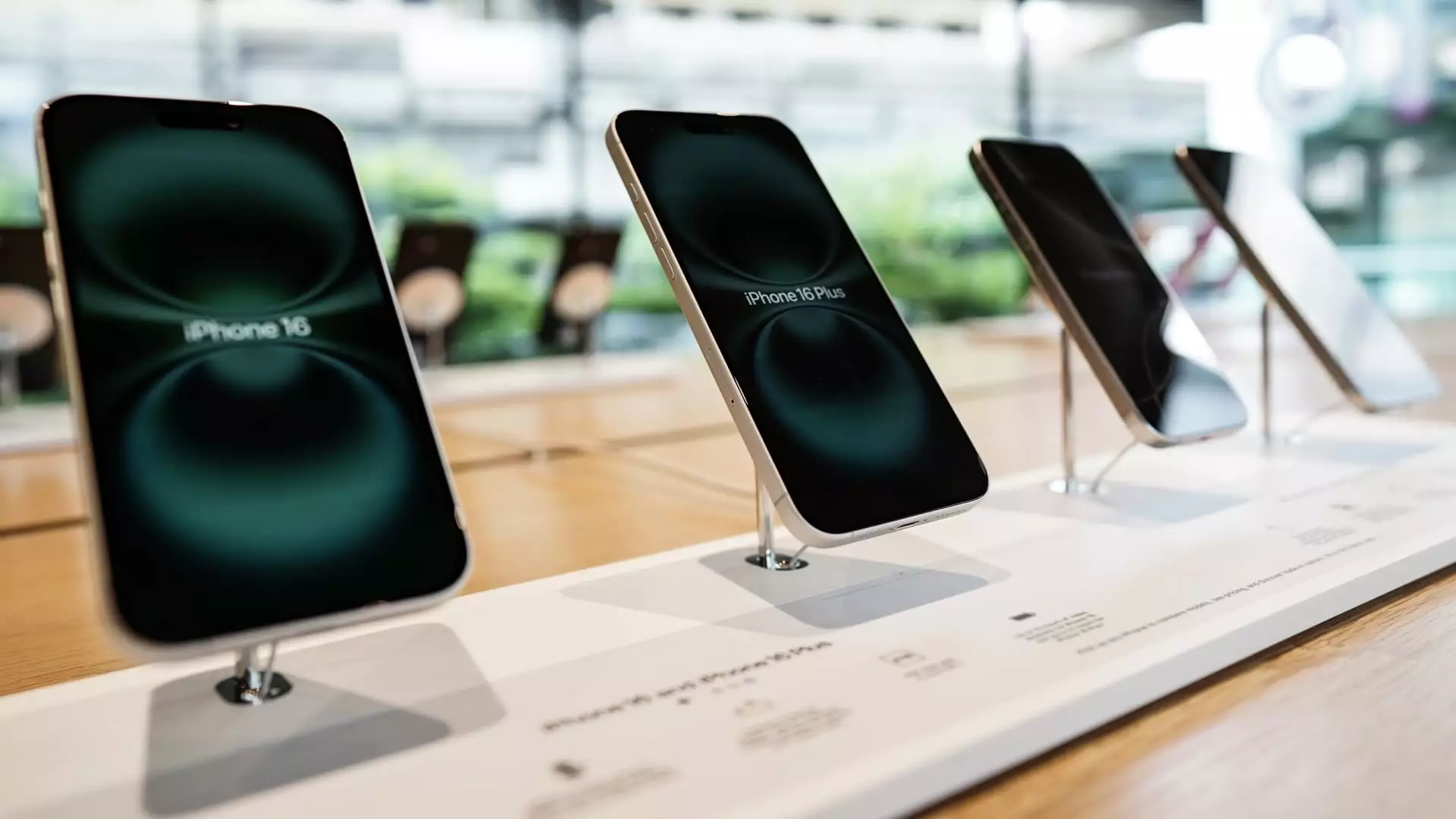Craig Moffett, a highly regarded analyst, has recently thrown a wrench into Apple’s ambitious plans to shift manufacturing from China to India. This proposal has been touted as a strategic maneuver to reduce dependence on China and mitigate the costs associated with tariffs. Moffett, however, stresses that this strategy is fundamentally flawed, painting a picture of unrealistic expectations. His memo underscores a crucial point: while the idea of relocating some operations to India seems appealing in theory, the complexities of Apple’s supply chain render it impractical. Essentially, Moffett sees this not as a solution but as an oversimplified answer to a multifaceted problem.
The Tariff Conundrum: A Deeper Dilemma
Apple’s reliance on Chinese components remains a significant barrier to the successful implementation of this manufacturing transition. Moffett’s analysis hints at an ugly truth—simply relocating assembly lines does not eliminate the underlying issue of component sourcing. The iPhone components would still predominantly originate from China, meaning that any financial relief from tariffs would be minimal. Moffett argues that the resulting complications from a global trade war add pressure not just on operating costs but also on sales, a sentiment that should resonate deeply with shareholders.
His perspective raises an important question: can Apple truly pivot its manufacturing strategy without addressing this foundational element? The answer appears to be negative, indicating that moving operations to India may provide a veneer of progress while leaving the core problems unaddressed.
The Price Target Reduction: A Slap in the Face
In a move that could rattle investors, Moffett has slashed his price target for Apple from $184 to a startling $141—an implication of a 33% drop from previous market evaluations. This direct downward revision signifies his increased skepticism regarding Apple’s future performance. It’s a sobering acknowledgment that, amidst rising uncertainties, even a company with a formidable legacy such as Apple isn’t immune to market fluctuations and consumer sentiment shifts. Moffett’s revisions reflect not only his critical appraisal of Apple’s current valuation but also an awareness that the tech giant may no longer be shielded from the storms brewing in the macroeconomic environment.
It’s crucial to recognize the paradox here: Moffett holds a high regard for Apple as a brand but remains low on its stock prospects. This ambivalence is a microcosm of the broader sentiments swirling in the market, where appreciating a company’s products does not inherently translate to confidence in its stock performance.
The Looming Shadow of Consumer Demand
Adding another layer of complexity, Moffett notes a disconcerting trend in consumer behavior. High tariffs invariably lead to higher product prices, which, coupled with the potential for a deceleration in consumer demand, creates a grim forecast for sales. The situation is exacerbated by telecom giants like AT&T and Verizon refusing to absorb tariff costs, which means the retail burden will ultimately fall on consumers’ shoulders. The likelihood of demand destruction looms large, with consumers keeping their devices longer and exhibiting slower upgrade rates.
This scenario paints a rather bleak picture for Apple. As competition rises, particularly from local Chinese brands like Huawei, the iPhone’s status is jeopardized. The sentiment in China is increasingly hostile towards American products, and with international relations souring, the landscape has shifted dramatically against Apple.
Cultural Backlash: The Invisible Hand of Geopolitics
Moffett’s commentary touches on an unspoken but vital aspect: the geopolitical intricacies at play. The U.S.-China trade war is not merely a matter of tariffs; it’s a cultural battle that can influence consumer preferences. The increasing popularity of domestic brands among Chinese consumers results in a significant market shift that Apple could struggle to navigate. Local brands are not just competing on price—they are also benefiting from a nationalistic sentiment that fosters consumer loyalty.
In this increasingly hostile environment, Apple’s ability to maintain its foothold in a market that is shifting away from Western products is uncertain at best. As Moffett warns, the tempered enthusiasm surrounding Apple’s stock is not unwarranted. The implications of the geopolitical landscape cannot be overlooked; they are a critical part of understanding the challenges ahead for a once unassailable tech giant.

